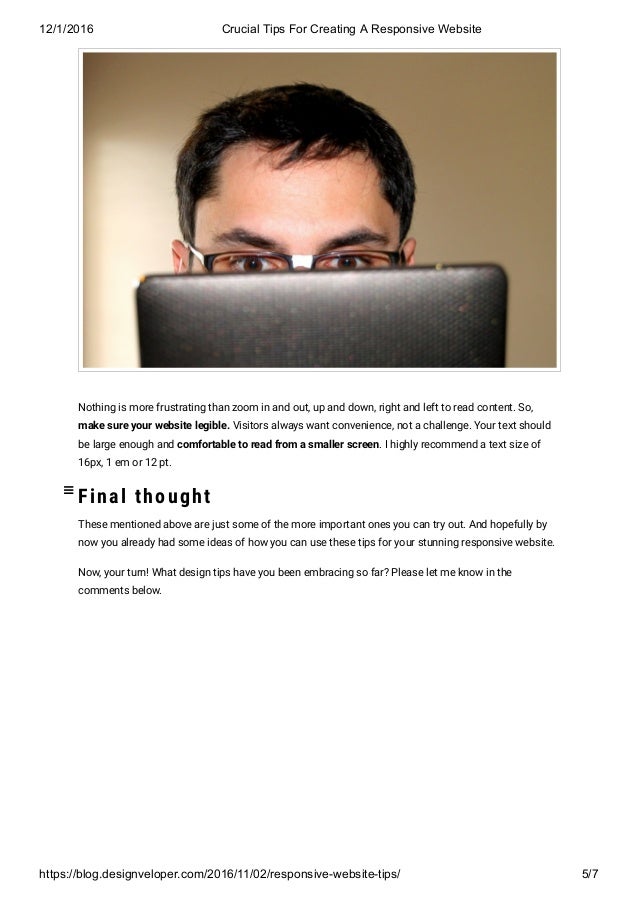Image source: http://www.sppcltd.co.uk/wp-content/uploads/2015/06/Powder-coated-panels-for-schools.jpg
Powder coatings produce virtually nil volatile organic compounds (VOC).
Powder coatings generate much thicker coatings than the more usual liquid coatings and do not suffer from the mixture running or drooping.
Excess powder coating can be collected and recycled and it is possible to benefit from almost 100% use of the material.
Production lines generate less poisonous waste than liquid coatings.
Equipment and the costs to operate the powder production line are usually lower than for conventional liquid lines.
There are generally fewer variances in the finish quality across mass produced items, compared to liquid coated items.
With regards to applying the powder coating, most mixtures have a particle size between 30 to 50 m and a glass transition temperature of about 200C. Layers which are thicker than 50 m are often required as a minimum to achieve a finish which is smooth enough. Sometimes, however, it may be preferable to achieve a finish which is less smooth, particularly in the case where the manufacturing process may cause slight indentations or changes to the surface of the product. In this case, a thinner film may be applied which is less even. This helps to blend imperfections and also reduces the visibility of finger prints and/or grease.
Whilst it is relatively simple to apply thick coatings to items which create smooth surfaces, it is not as easy to achieve this smoothness when applying a thin film. In fact, there is a direct correlation between film thickness and visible texture due to particle size and the powder's glass transition temperature (TG). Additionally, powder coatings are particularly vulnerable to ultraviolet rays, meaning that ordinarily they will break down after five to ten years. Similarly, the cost of powder coating an item is progressively less economical as the size of the product becomes smaller; meaning that for small items liquid coating is a more favourable option for low volume projects.
The major advantage of powder coatings is that the excess spray can be collected and recycled. However, if more than one spray colour is used at the same time during the process, it becomes very difficult to separate the particles back into their original colours.
In order to thermoset the powder, the item must be entered into a curing oven at a temperature around 200C for 10 minutes.
